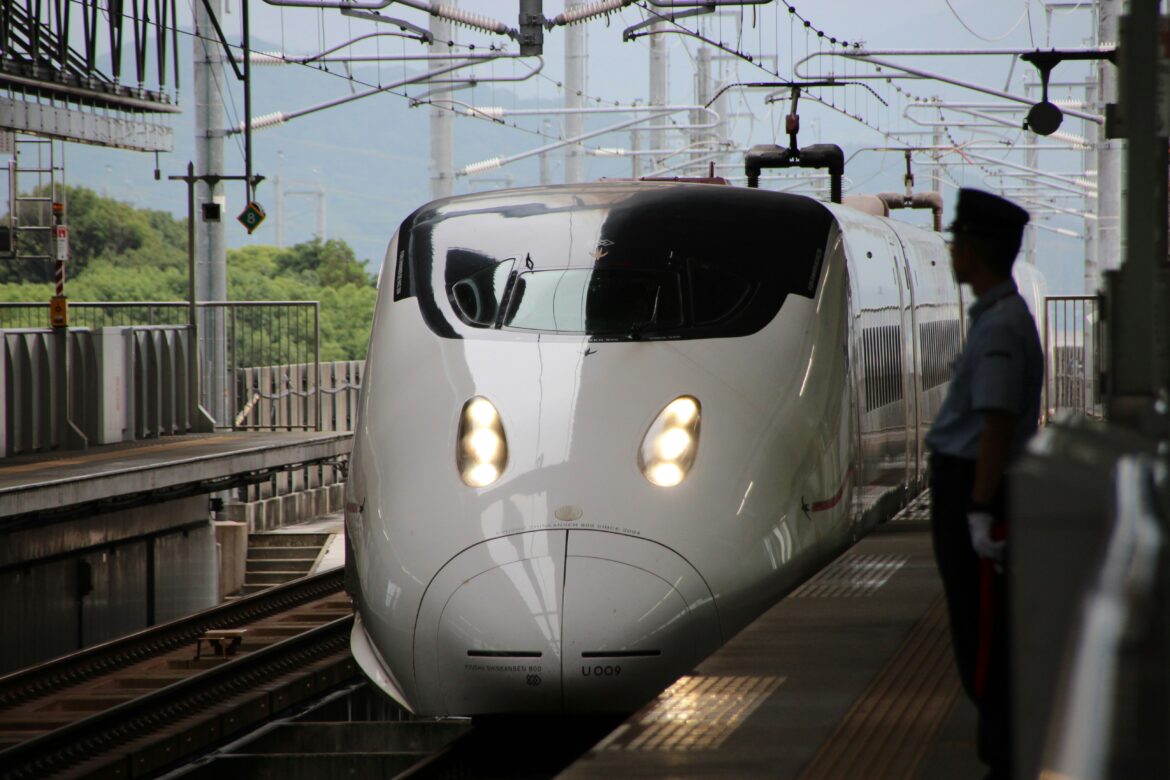🚄 Japan Rail Pass for Long Stays: Maximize Value on 30+ Day Adventures
Ever dreamed of slow travel from Hokkaido’s pristine wilderness to Okinawa’s turquoise beaches? For adventurous solo travelers and couples seeking authentic cultural immersion, extended Japan travel offers unparalleled opportunities to experience the country’s seasonal rhythms, local festivals, and hidden gems that rushed tourists miss entirely.
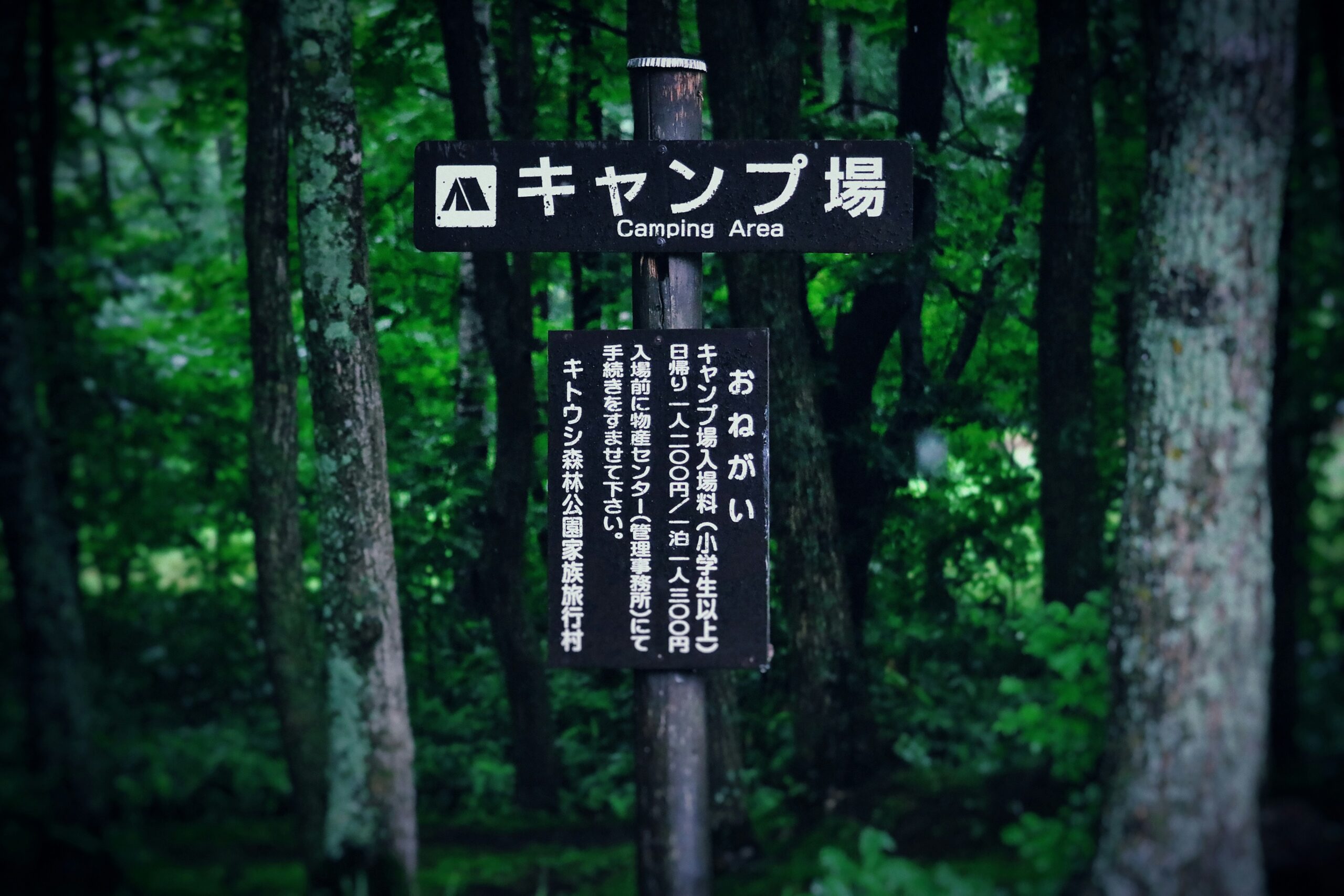
Long-term travel in Japan transforms your journey from a whirlwind tour into a profound cultural experience. The flexibility of unlimited train travel allows spontaneous discoveries—from stumbling upon local matsuri festivals to exploring mountain villages accessible only by regional rail lines.
The Japan Rail Pass for extended stays isn’t just about cost savings; it’s about freedom. When you’re not constrained by tight schedules or limited tickets, you can follow your curiosity to remote onsen towns, attend multi-day festivals, or simply spend extra time in places that capture your heart. This comprehensive guide reveals how to maximize JR Pass value for 30+ day adventures, combining strategic pass purchases with insider knowledge to create unforgettable multi-week journeys.
Understanding Your JR Pass Options for Extended Travel
The Japan Rail Pass provides unlimited travel on JR lines nationwide, but long-term travelers need strategic thinking beyond the standard tourist approach. Current national passes offer 7-day (¥29,650), 14-day (¥47,250), and 21-day (¥59,350) options, with purchasing required before arrival through authorized overseas dealers.
However, savvy long-term travelers combine national passes with regional alternatives. The JR Kyushu Pass (¥19,800 for 7 days) covers southern Japan comprehensively, while the JR Hokkaido Pass (¥27,500 for 7 days) provides excellent value for northern exploration. Regional passes often include unique benefits like JR bus routes and ferry connections to remote islands.
| Pass | Duration | Price (Adult) | Coverage | Extras/Inclusions |
|---|---|---|---|---|
| Japan Rail Pass (National) | 7, 14, 21 days | ¥29,650 / ¥47,250 / ¥59,350 | All JR lines nationwide, incl. shinkansen | Some JR buses & ferries |
| JR Hokkaido Pass | 7 days | ¥27,500 | JR trains in Hokkaido | Limited express, local, buses, select ferries |
| JR Kyushu Pass | 3, 5, 7 days | ¥16,000 / ¥18,500 / ¥19,800 | JR trains in Kyushu | Special & scenic trains, some buses |
| JR Shikoku Pass | 3, 4, 5, 7 days | From ¥9,000 | JR trains in Shikoku | Some ferries & buses |
| Seishun 18 Ticket | 5 flexible days | ¥12,050 | JR local/rapid trains only | No shinkansen/limited express |
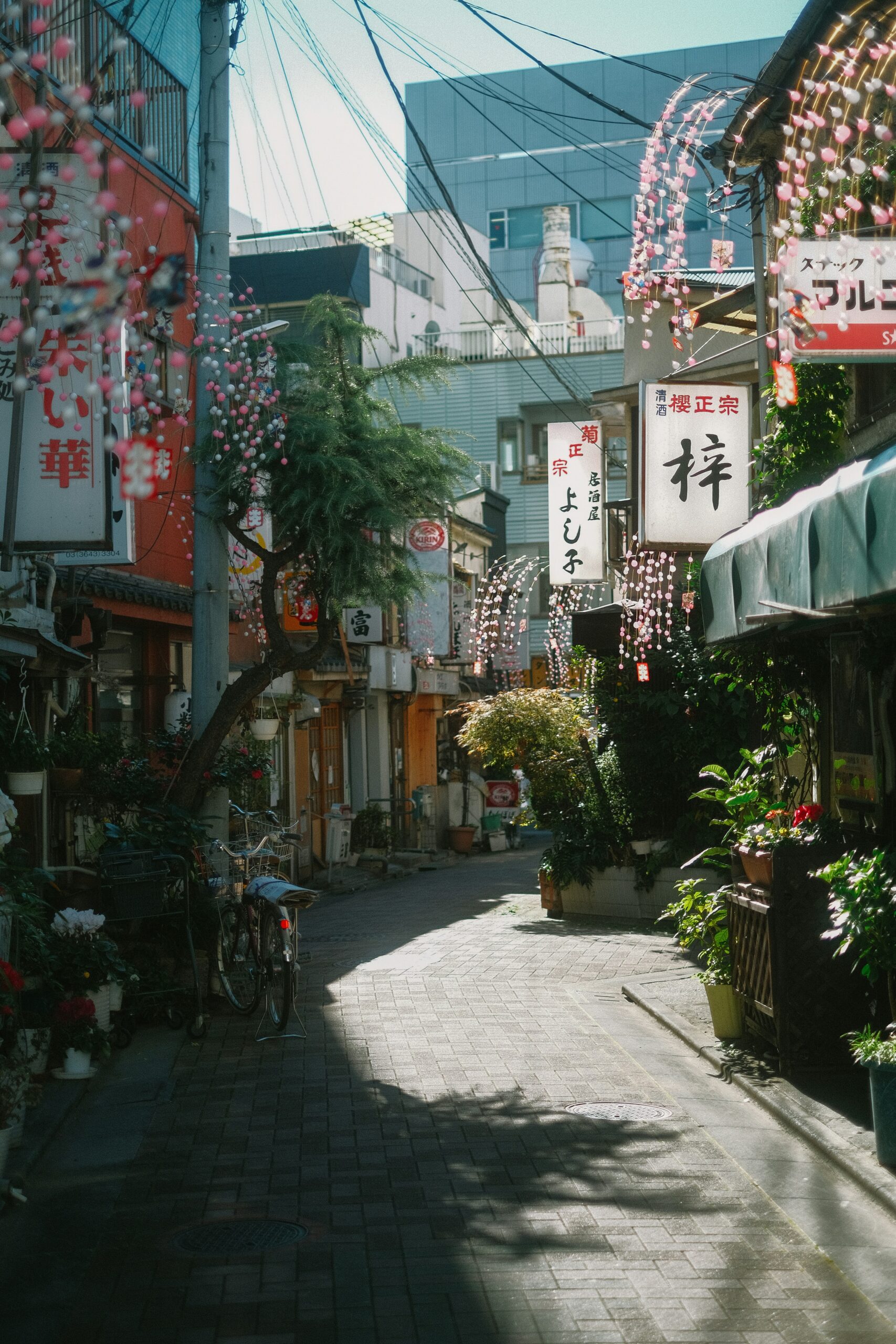
The pass system enables access to over 20,000 kilometers of JR lines, including shinkansen bullet trains, limited express services, and local lines reaching remote destinations. For extended stays, consider the mathematical reality: a 21-day pass costs approximately ¥2,826 daily, while individual long-distance tickets average ¥4,000-8,000. Even moderate daily travel quickly justifies pass investment, especially when factoring in spontaneous journey opportunities.
Strategic Pass Combinations for 30+ Day Adventures
The key to maximizing JR Pass value over extended periods lies in strategic combination and timing. Since passes must be consecutive, successful long-term travelers create “pass windows” aligned with intensive travel periods, using local transportation during stationary phases.

A proven 42-day strategy involves purchasing two 21-day passes with planned gaps. Begin with intensive northern exploration (Hokkaido and Tohoku regions) using your first pass, then settle in Tokyo or Kyoto for 7-10 days using local city passes and day tickets. Activate your second pass for southern Japan exploration (Kansai, Chugoku, Shikoku, and Kyushu regions).
JR Pass usage has increased 40% among long-stay visitors since 2018, according to JR Group data, reflecting growing awareness of strategic combinations. During gap periods, Suica and ICOCA cards provide convenient local transport, while city-specific passes offer additional savings for urban exploration.
Fill transportation gaps creatively. Overnight buses between major cities cost ¥5,000-8,000 (Willer Express), providing both transport and accommodation. Domestic flights occasionally offer better value for long distances, particularly Tokyo-Okinawa routes. The Lonely Planet Japan travel guide provides detailed regional transportation alternatives.
Strategic timing maximizes seasonal experiences. Cherry blossom season (late March-early May) and autumn foliage (November) justify premium pass investment, while summer festivals and winter illuminations offer unique cultural immersion opportunities requiring flexible transportation access.
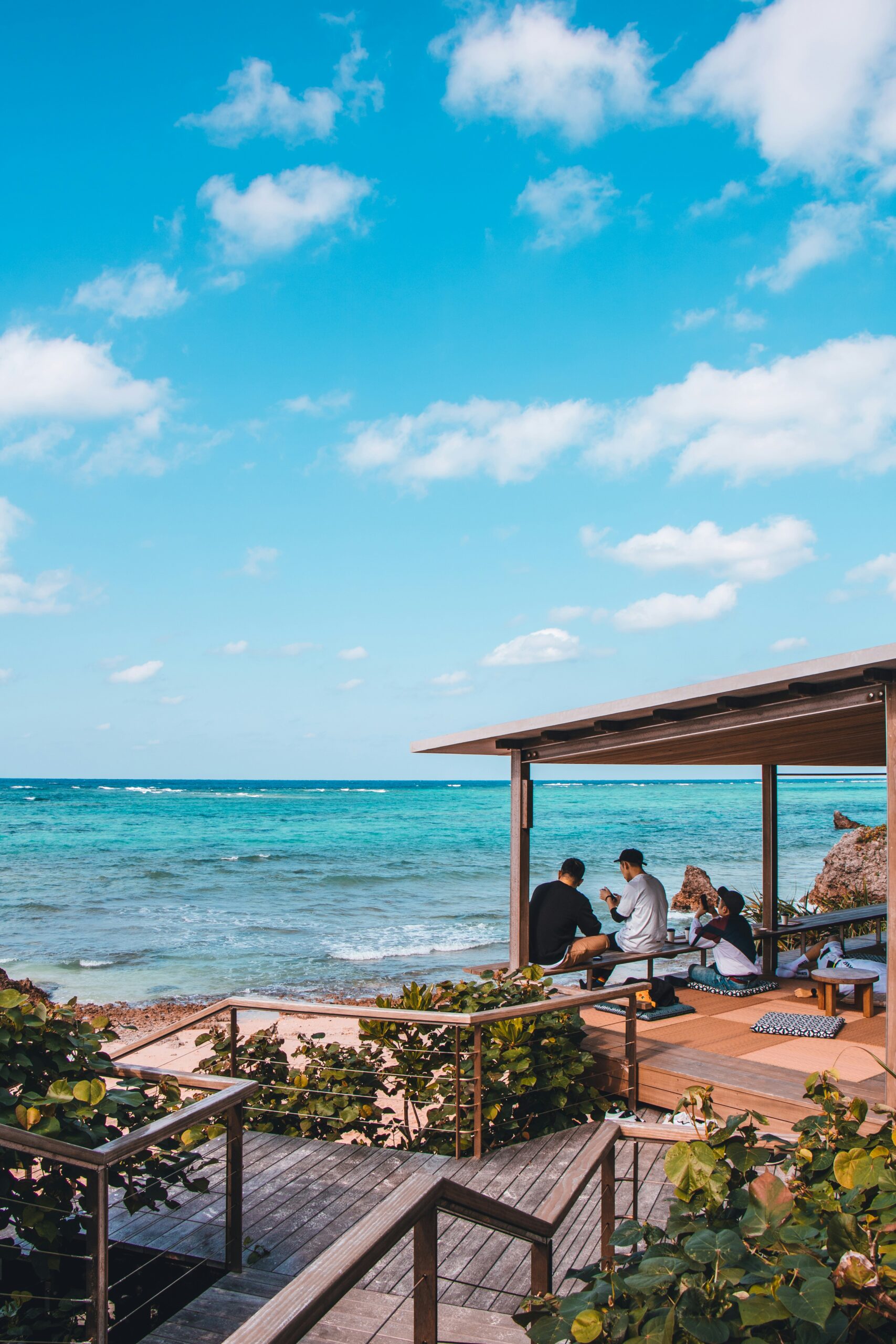
Optimal Routes and Itineraries for Multi-Week Adventures
Extended Japan travel rewards flexible itineraries balancing iconic destinations with authentic local experiences. The classic “Golden Route” connecting Tokyo-Kyoto-Osaka serves as an excellent foundation, but long-term travelers should venture beyond tourist corridors to discover Japan’s regional diversity.
A comprehensive 8-week itinerary might begin in Hokkaido’s Sapporo, exploring Otaru’s historic canals and Hakodate’s morning markets before moving south through Tohoku’s mountain villages. Sendai offers excellent access to Matsushima Bay’s scenic islands, while Yamadera temple provides spiritual retreat opportunities.
Central Japan reveals hidden gems accessible via JR Pass. The Limited Express Wide View Hida connects Nagoya with Takayama’s traditional architecture and Shirakawa-go’s UNESCO-listed villages. These scenic routes, included in JR Pass coverage, offer mountain vistas impossible from shinkansen lines.
Southern Japan demands adequate time allocation. Kyushu’s diverse landscapes span from Fukuoka’s modern urban culture to Kagoshima’s active volcanoes. The JR Kyushu Pass enhances national pass value, providing access to unique train experiences like the luxury Seven Stars cruise train and scenic coastal routes.
Don’t overlook Shikoku, Japan’s smallest main island. The JR Shikoku Pass complements national coverage, enabling exploration of ancient pilgrimage routes, traditional crafts centers, and unspoiled coastal villages. The 88-temple pilgrimage circuit offers profound spiritual experiences requiring weeks of dedicated exploration.
Okinawa requires special consideration, as JR Pass doesn’t cover flights or island transportation. However, the cultural contrast between mainland Japan and Okinawan island life justifies the additional expense for comprehensive Japan exploration.
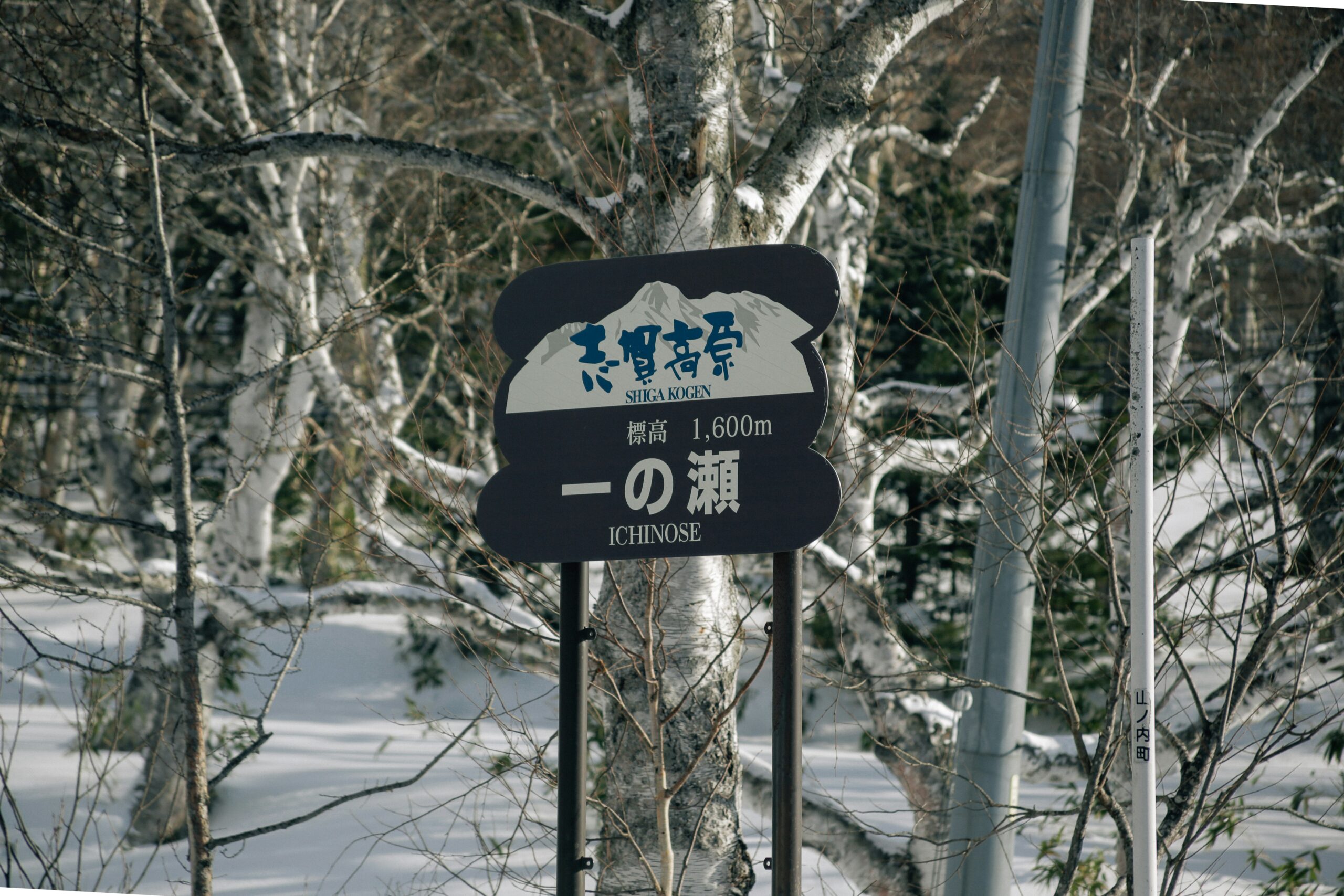
Transportation Mix Strategy: Beyond the Shinkansen
While shinkansen bullet trains capture international attention, authentic Japan exploration requires embracing diverse transportation options. Long-term travelers benefit from mixing high-speed efficiency with scenic local lines, creating layered travel experiences impossible through single transportation modes.
Shinkansen excels for covering vast distances quickly, enabling efficient region-to-region transitions. The Tokaido Shinkansen connects Tokyo-Osaka in 2.5 hours, while the Hokkaido Shinkansen reaches Sapporo in 4 hours from Tokyo. Reserved seats are free with JR Pass, though advance booking is recommended during peak seasons.
However, local and regional lines reveal Japan’s authentic character. The JR Takayama Line winds through mountain valleys, offering intimate views of traditional villages and changing seasons. Limited express trains like the Azusa to Matsumoto balance comfort with scenic beauty, while local services enable spontaneous exploration of small towns.
Average daily transportation costs in Japan without passes range from ¥2,500-4,000 ($18-30 USD), making strategic pass use crucial for extended stays. During intensive travel periods, daily savings can exceed ¥10,000, while stationary periods require minimal transportation investment.
Consider non-JR alternatives strategically. Private railways often serve tourist destinations not covered by JR Pass, such as Nikko’s temples or Hakone’s hot springs. The Japan Rail Pass and Travel Guide provides comprehensive coverage comparisons and alternative transportation options.
Ferries extend JR Pass value to remote islands. The JR Pass covers ferries to Miyajima Island and certain Seto Inland Sea routes, enabling island-hopping adventures. Overnight ferries between Honshu and Hokkaido provide unique travel experiences while maximizing accommodation efficiency.
Domestic flights serve specific routes where rail connections are inconvenient or time-consuming. Tokyo-Okinawa flights cost ¥15,000-25,000, competing favorably with multi-day rail journeys. Low-cost carriers like Jetstar and Peach offer competitive pricing for strategic route segments.
Cost-Benefit Analysis for Extended Stays
Extended Japan travel requires careful financial planning, with transportation representing 25-30% of total trip costs for active travelers. The JR Pass investment becomes increasingly valuable as trip length extends, but optimal usage requires strategic thinking beyond simple daily cost calculations.
A 21-day pass costing ¥59,350 averages ¥2,826 daily, while individual shinkansen tickets range from ¥4,000-15,000 depending on distance. However, true value encompasses flexibility, spontaneity, and comprehensive access to Japan’s extensive rail network.
Consider accommodation strategies that maximize pass value. Staying near major JR stations provides convenient access to nationwide networks while reducing local transport costs. Business hotels near stations often offer competitive rates and practical amenities for active travelers.
The pass becomes less cost-effective during extended stationary periods. Travelers spending weeks in single cities benefit from local transportation passes rather than unused national access. Strategic timing aligns intensive travel periods with active pass periods, maximizing both financial and experiential value.
Alternative strategies exist for budget-conscious extended travelers. The Seishun 18 Ticket (¥12,050 for 5 days) provides unlimited local train access during specific periods, though journey times increase significantly. Highway buses offer overnight transport with accommodation savings, particularly for longer routes.
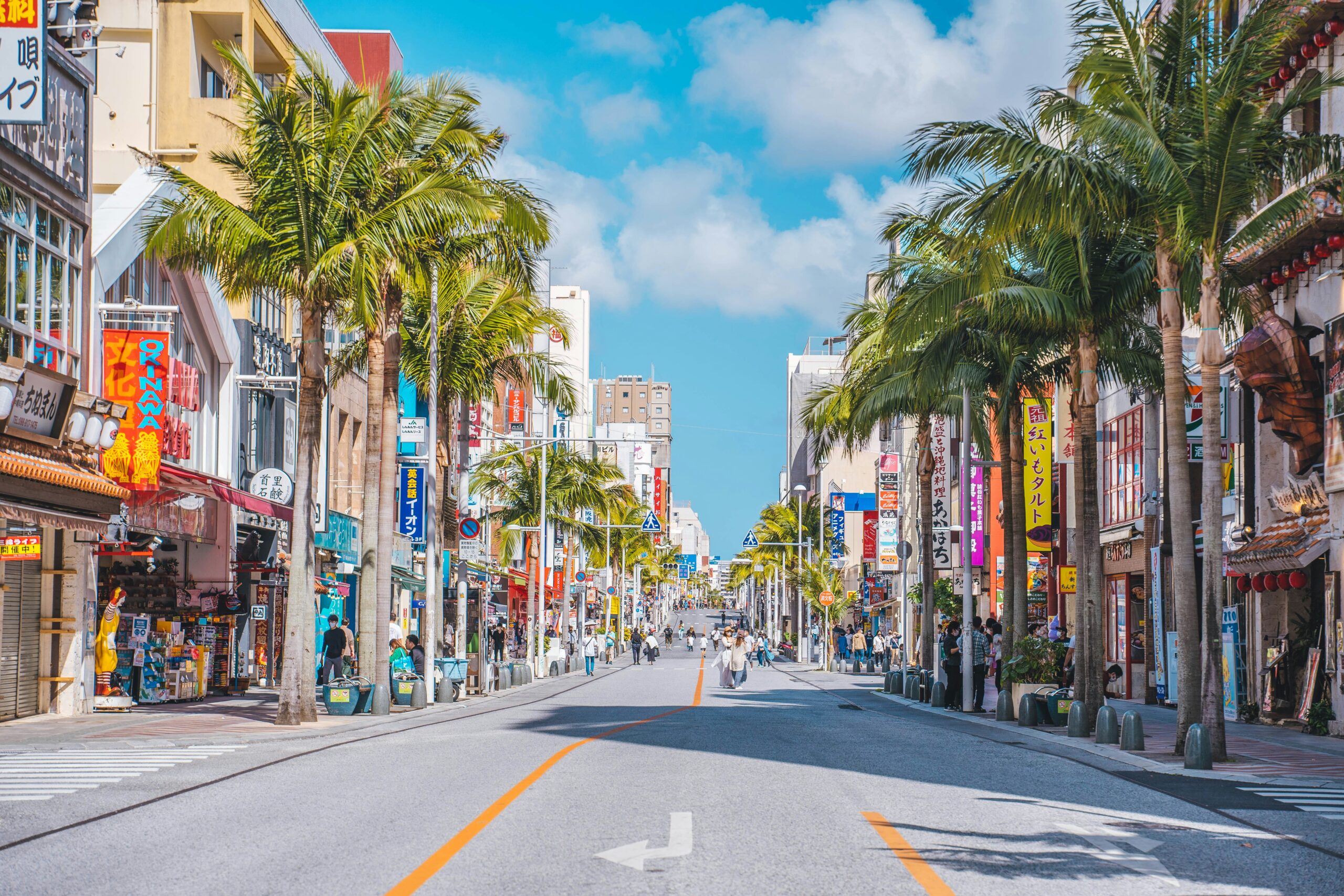
Essential Tips for Long-Term JR Pass Users
- Invest in quality, lightweight luggage with smooth-rolling wheels suitable for station navigation.
- Use a portable luggage scale to monitor weight for luggage forwarding services.
- Packing cubes (see recommended) maximize space efficiency for long trips.
- Luggage forwarding (takuhaibin) services—like Yamato Transport—deliver bags between accommodations for ¥1,000-2,000, enabling comfortable train travel with minimal carrying burden.
- Seat reservations require strategic planning during peak seasons. Reserve seats several days in advance, particularly for long-distance travel and popular tourist routes.
- Accommodation booking near major JR stations provides optimal flexibility and convenience. Use the Hyperdia app for journey planning.
Start Your Adventure Right: The Japan Ultimate Adventure Starter Pack
- ✅ Private airport pickup
- ✅ 3 nights in a centrally located 3.5-star hotel
- ✅ Local SIM card for connectivity
- ✅ Two half-day English-speaking guide sessions
- ✅ 24/7 support, eGuides, and checklists for extended travel
Frequently Asked Questions
- How do I maximize JR Pass value for 30+ day trips? Strategic pass stacking with planned gaps provides optimal value. Use intensive travel periods for pass activation while employing local transportation during stationary phases.
- Can I purchase multiple passes for extended stays? Yes, but passes must be used consecutively. Purchase additional passes overseas before arrival, activating them strategically throughout your journey.
- Is the pass worthwhile for solo travelers versus couples? Pass value depends on travel intensity rather than group size. Solo travelers often achieve better value through spontaneous exploration opportunities enabled by unlimited access.
- How do I handle luggage during extended rail travel? Luggage forwarding services (takuhaibin) deliver bags between accommodations for ¥1,000-2,000, enabling comfortable train travel with minimal carrying burden.
- What support is available for navigation and cultural questions? Our Adventure Starter Pack includes English-speaking guide sessions and 24/7 support throughout your stay, providing confident exploration foundation.
Conclusion: Your Extended Japan Adventure Awaits
Extended Japan travel transforms tourism into cultural immersion, revealing authentic experiences impossible during rushed visits. Strategic JR Pass usage enables spontaneous exploration while maintaining cost efficiency, creating unforgettable multi-week adventures.
The combination of unlimited rail access, regional pass integration, and proper preparation unlocks Japan’s diverse landscapes, from Hokkaido’s wilderness to Okinawa’s beaches. With careful planning and strategic support, your extended Japan journey becomes a life-changing adventure rather than merely an extended vacation.
Ready to begin your transformative Japan adventure? Download our Free Japan Rail Pass eGuide for detailed planning resources, or secure your journey foundation with our comprehensive Adventure Starter Pack. Your extended Japan exploration awaits—start planning today!
